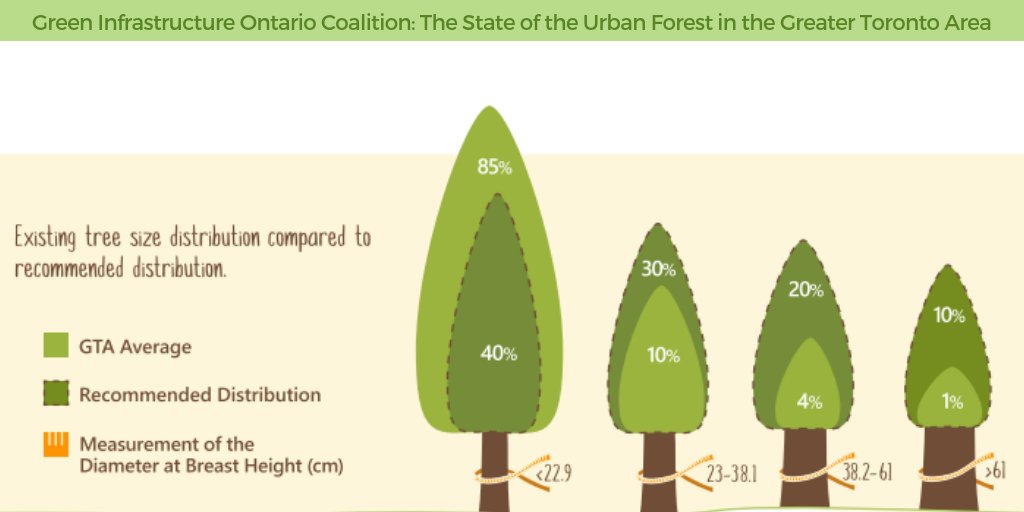The Ecological Influence Of Tree Elimination: What You Ought To Know
The Ecological Influence Of Tree Elimination: What You Ought To Know
Blog Article
Authored By-Helms Boyette
When it involves the ecological effect of tree elimination, there are essential facets that demand your focus. From the intricate web of partnerships within ecological communities to the subsequent impacts on environment patterns, the consequences are extensive. You could be shocked to uncover the elaborate ways in which the elimination of trees can reverberate throughout the setting. Stay tuned to untangle the intricate connections and effects of this relatively straightforward act.
Logging and Habitat Loss
Deforestation and environment loss are vital concerns originating from tree removal. When trees are cut down, it interferes with entire communities. Not only are the trees themselves lost, yet the homes and food resources of countless plant and animal species are ruined also. Birds shed their nesting websites, mammals lose their sanctuary, and bugs shed their environments. The impacts surge through the food cycle, impacting killers and target alike.
In addition, deforestation contributes to climate modification. Trees play a crucial function in soaking up carbon dioxide, a greenhouse gas that catches heat in the environment. With fewer trees, there's much less co2 absorption, resulting in increased levels of this gas in the ambience and intensifying worldwide warming.
Environment loss is a straight result of logging, as the damage of forests means the loss of special and varied ecological communities. Many varieties are incapable to adjust to quick changes in their atmosphere, bring about populace decreases and, in many cases, termination.
Safeguarding woodlands is necessary to keeping the delicate equilibrium of nature and making certain the survival of countless plant and animal types.
Impact on Biodiversity
The removal of trees has a considerable impact on biodiversity, affecting the range and abundance of plant and pet species in a location. Trees supply environment and food resources for countless microorganisms, from bugs to birds to creatures. When trees are eliminated, these species shed their homes and resources of nourishment, resulting in a decrease in their populations. This disturbance can have cascading effects on the whole environment.
Furthermore, trees play an essential function in keeping biodiversity by developing microhabitats within their canopies, trunks, and origins that support a variety of varieties. When trees are reduced, these specialized environments are ruined, reducing the general diversity of the area.
Furthermore, the elimination of trees can result in a decrease in genetic diversity within plant populations, as particular tree varieties might no more be able to reproduce or distribute properly. Safeguarding trees and woodlands is important for protecting biodiversity and making certain the health and wellness of environments for future generations.
Soil Erosion and Environment Modification
With trees being removed from an area, the disturbance of soil framework and security takes place, bring about enhanced dirt erosion. Trees play an important role in preventing erosion by holding dirt in position with their root systems. When trees are eliminated, specifically in multitudes, the dirt ends up being extra vulnerable to erosion from wind and water. This disintegration not only impacts the prompt environments but can also result in sedimentation in close-by water bodies, impacting water quality and marine ecological communities.
Moreover, trees help control the environment by soaking up co2 throughout photosynthesis. When click web page are lowered, this all-natural carbon sink is reduced, adding to increased levels of greenhouse gases in the ambience. This can intensify environment change, resulting in even more severe climate occasions and interruptions in environments worldwide.
Therefore, the removal of trees not only accelerates soil erosion however additionally contributes in the larger ecological problem of climate modification. It's vital to consider these elements when examining the impacts of tree removal on the setting.
Conclusion
Now that you understand the environmental influence of tree removal, consider the consequences before lowering trees. Deforestation interferes with environments, lowers biodiversity, and adds to soil disintegration and climate adjustment. By bearing in mind the influence of tree elimination, you can aid secure our setting and protect the delicate equilibrium of nature. Make notified selections and consider different solutions to minimize the adverse effects on our world.
